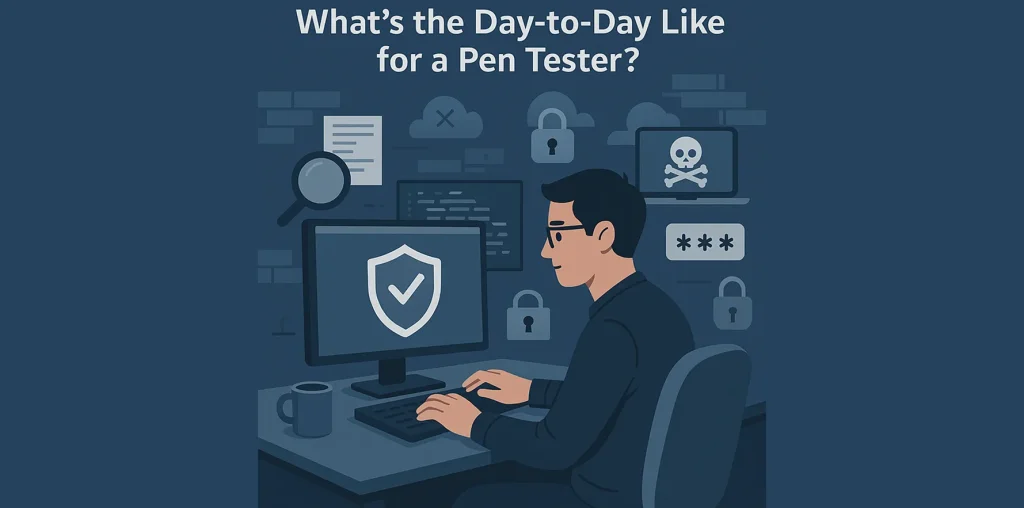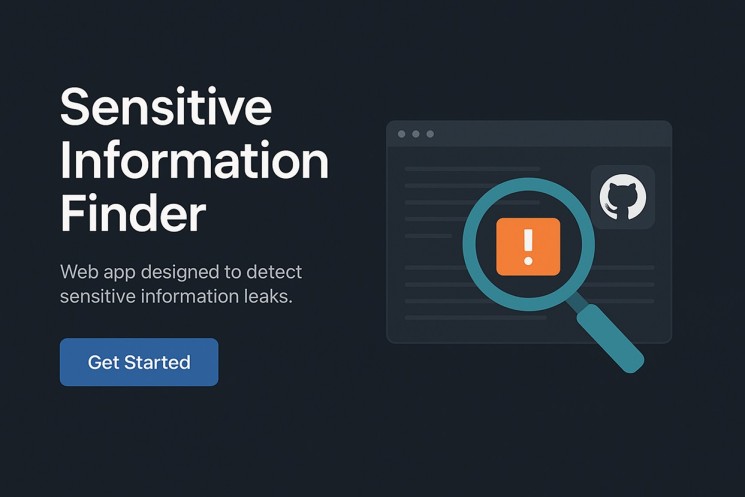Introduction to Penetration Testing Career
So, you think a penetration testing career is all about hacking into the Pentagon while sipping cocktails on a beach in Bali? Well, wake up, my friend—it’s more like sitting at a desk, staring at lines of code, and wondering if that weird “404” error is your next big break. In reality, a penetration testing career involves way more caffeine than you’d think and far fewer spy movies. But hey, if you’re into breaking things to make them better (legally, of course), this might just be your dream job. Let’s break down what your day looks like in this wild, unpredictable world of cybersecurity!
By Aathil Ducky – Final Year Cybersecurity Student
Penetration testing (pen testing) might sound like a movie plot where a hoodie-wearing genius hacker sneaks into a corporate server at 2 AM. But in reality? It’s a lot less dramatic, and it’s definitely not as glamorous as it sounds. Forget the late-night missions to crack into the Pentagon, and let’s talk about what it’s like for most of us who are diving into this exciting field – especially if you’re working for small to medium-sized companies or in a consultancy.
What’s the Day-to-Day Like for a Pen Tester?

Pen testers have to juggle multiple clients, tight deadlines, and piles of paperwork. The role requires a mix of technical and soft skills, so if you’re into hacking but not so much into being a night owl, you might be surprised by what happens during a regular workday.
Here’s a breakdown of what it usually looks like:
- Scoping & Planning: This is where the magic begins. The pen testing team meets with clients to figure out the systems that are in-scope and determine how far we can go (legally, of course!). You’ll also decide on what tools to use and what the deliverables will be. Sometimes you’ll even have to explain why compromising the whole AWS account isn’t your idea of a fun day at work.
- Reconnaissance (Recon): After the scoping phase, it’s time for snooping. And it’s mostly passive work. We’re looking at DNS records, port scans, subdomains, and other public resources. A quick check on GitHub might reveal a forgotten password or an exposed API key—great finds for an attacker, right?
- Vulnerability Discovery & Exploitation: Here’s where pen testers earn their ‘hacker’ title. We search for vulnerabilities, from misconfigured services to default credentials. Tools like Burp Suite and Kali Linux are the go-to options for testing these weaknesses. Once we spot a flaw, we figure out how to exploit it to get deeper into the system.
- Internal Pen Testing: If you’re in-house or testing an internal network, things get a little more exciting. Here, you’re looking for ways to move laterally within the network, escalate privileges, or crack encrypted hashes. The goal is to show how a single compromised system can lead to a complete disaster.
- Reporting: Let’s be honest, this part is where pen testing feels less like a high-action thriller and more like paperwork. But it’s essential. If you can’t explain the severity of the issue, your clients might just ignore it. It’s not enough to say, “There’s an LLMNR spoofing issue.” You have to explain how it could compromise their entire domain and make it real for them.
Real Talk: Why Pen Testing Isn’t All Glamour
While pen testing isn’t as dramatic as movies make it out to be, it’s one of the most critical jobs in cybersecurity. You’re essentially the attacker who shows companies how to protect their systems. That’s why, despite the lack of thrilling chase scenes, pen testers play a vital role in cybersecurity.
Here’s a little tip for anyone new to pen testing: it’s all about breaking things to make them stronger. And if you love problem-solving and understanding systems like an attacker, pen testing could be your dream job.
Starting Out in Pen Testing
If you’re like me, a final year cybersecurity student (hey, I’m Aathil Ducky, by the way), entering the cybersecurity field can be both exciting and overwhelming. But don’t let that scare you! Just like me, you can start small, pick up certifications (I’ve got a couple of those already, including one in Applied ChatGPT for Cybersecurity), and gradually build your skills.
I’m ranked in the top 10% on TryHackMe and have been diving deep into web application security. I’ve also been blogging about cybersecurity on Medium, sharing tips on everything from penetration testing to Python scripts. If you want to get started, check out resources like TryHackMe, Hack The Box, or PentesterLab—they’re perfect for beginners.
Key Takeaways for Aspiring Pen Testers
- It’s not all Hollywood hacking scenes. The work involves documentation, planning, and plenty of recon.
- Pen testing isn’t just about exploiting flaws, it’s about improving security systems.
- Reporting matters: The more clearly you can explain the risks, the better.
Ready to Start Your Pen Testing Journey?
Get your hands dirty with some real-world tools. Practice, learn, and connect with other professionals in the field. As a final year student just starting out, I recommend taking the following steps:
- Start with Basic Certifications: Check out OSCP and other pen-testing-related certs to get your foot in the door.
- Engage in Capture The Flag (CTF) Competitions: They’re fun, challenging, and a great way to build skills!
- Follow Industry Blogs and YouTube Channels: Stay up to date on the latest vulnerabilities and techniques.
Remember, pen testing isn’t just about being a good hacker; it’s about making systems more secure. So, don’t be afraid to roll up your sleeves, dive into the nitty-gritty, and break things (safely, of course) to make them better!


